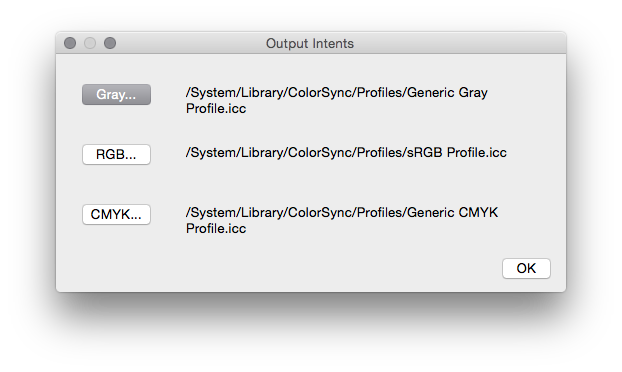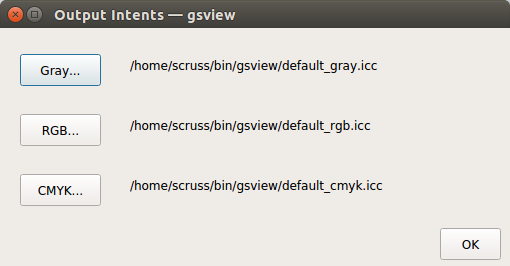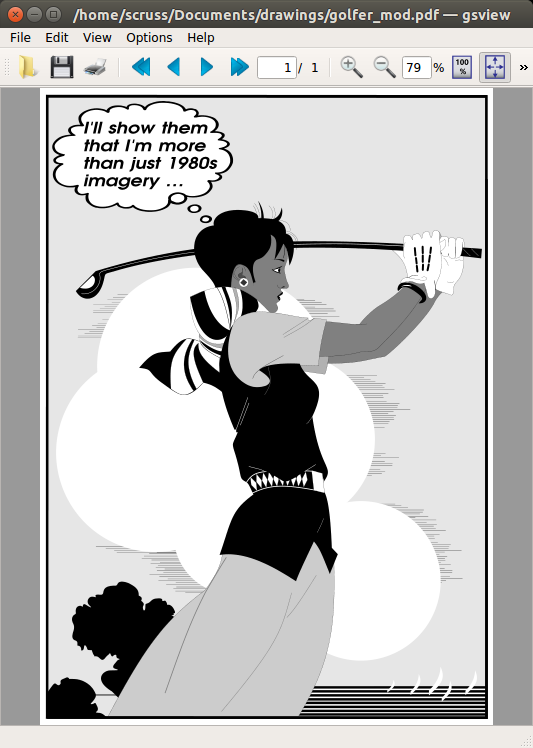Artifex’s GSView is rather good. It describes itself as ‘a user friendly viewer for Postscript, PDF, XPS, EPUB, CBZ, JPEG, and PNG’, and it sure does those things. It’s currently bundled as Mac, Windows and Linux Intel-only binaries, but maybe we’ll see ARM distribution or source soon enough.
The name confused me a bit. Russell Lang of Ghostgum Software Pty Ltd has maintained a nice Windows-only Ghostscript front end called GSview for years. Note the huge difference in names: Artifex‘s release is GSView 6, while Ghostgum’s is GSview 5. Hmm.
Naming aside, GSView does make it very easy to convert its input files to PDF/A, the ISO standard archival PDF definition that is immune to Adobe’s format meddling. (Adobe have, with Acrobat Reader DC, maintained an unbroken tradition that their latest PDF reader software is more bloated and craptastic than the last.)
PDF/A defines several archival settings such as font embedding and colour management. It’s possible to do this on the Ghostscript command line, but it’s fiddly. GSView just needs you to point it at the colour standard files on your system. On Mac, these live in /System/Library/ColorSync/Profiles/, and in the image below, I’ve picked out the generic ones:

On Linux, these files will likely be somewhere predictable; for me, they are in /usr/share/ghostscript/9.15/iccprofiles/. I made copies in the GSView executable folder so they wouldn’t get lost if my system updates Ghostscript:

The PDF/A files you get can be considerably smaller than the originals. A 10 MB LibreOffice Impress slide deck from a presentation on OpenStreetMap that I gave last week shrunk down to 1.3 MB when saved by GSView, with only very minor JPEG gribblies visible in the slide background. The graphic above (modified from the Ghostscript example file ‘golfer.eps’; yay, Illustrator 1.0!) shrunk by ⅓. These are handy savings, plus you get a standalone archival format that will never change!
